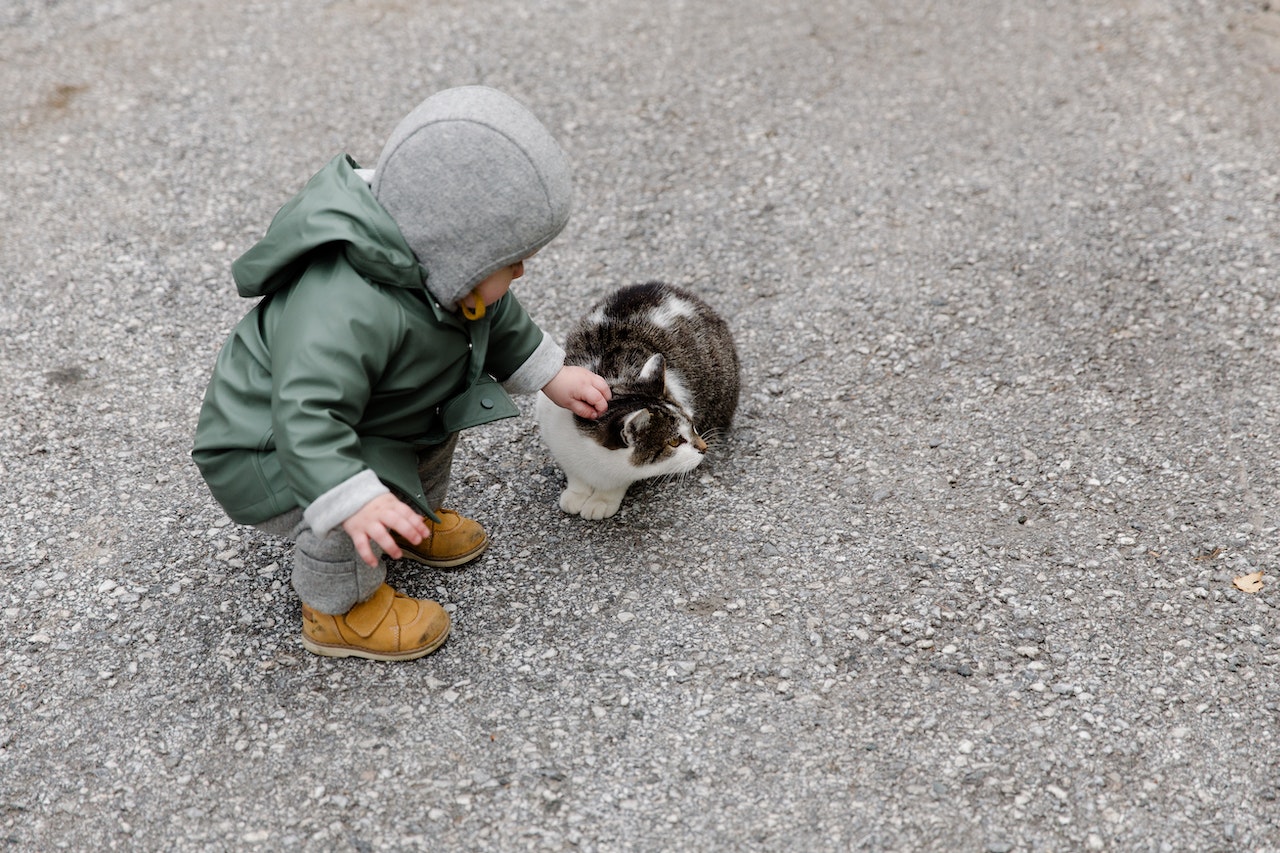It’s no news to you that pets can bring a new lease of life to family life. Pets are real family members. You give them attention and get it back. You need to match your pace of life with them and respect their needs. As an adult, you have probably internalized how this togetherness works.
What children can learn from cats?
Children absorb a lot of information every day. They learn from parents, siblings and classmates but also from animals. It is enough for a child to enter a room where there is a cat. The cat perceives the child and will react in a certain way. So your child will feel that every action creates a reaction from which something can be learned. By their very presence, cats help children engage with them.

Cats as pets promote social skills in children
As a rule, children are overjoyed when the family council decides to adopt a cat. You want to be close to her, squeeze her and play with her. They automatically notice that an animal cannot do everything with it especially not endlessly and at any time. Just like humans, animals have their own rhythm. Sometimes they are very agile, sometimes tired. Then they just want to be left alone and sleep.
Your child will be trained in non-verbal communication and will learn to interpret the animal’s body language.
There are advantages to animals not being able to speak. Precisely because an animal cannot give an answer, children learn to understand behavior patterns and to show consideration for them.
Children learn at an early age to take responsibility for their pet
Pets depend on human care. When you take care of things like vaccinations and deworming, you contribute to the health of your cats. In return, they give you a good opportunity to confront children with the topic of responsibility at an early age. For example, what starts with looking for ticks or brushing the fur while using cat dryer can end with your child staying at home alone with the animal. Depending on their age, your children can show full responsibility.
